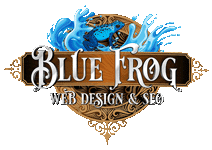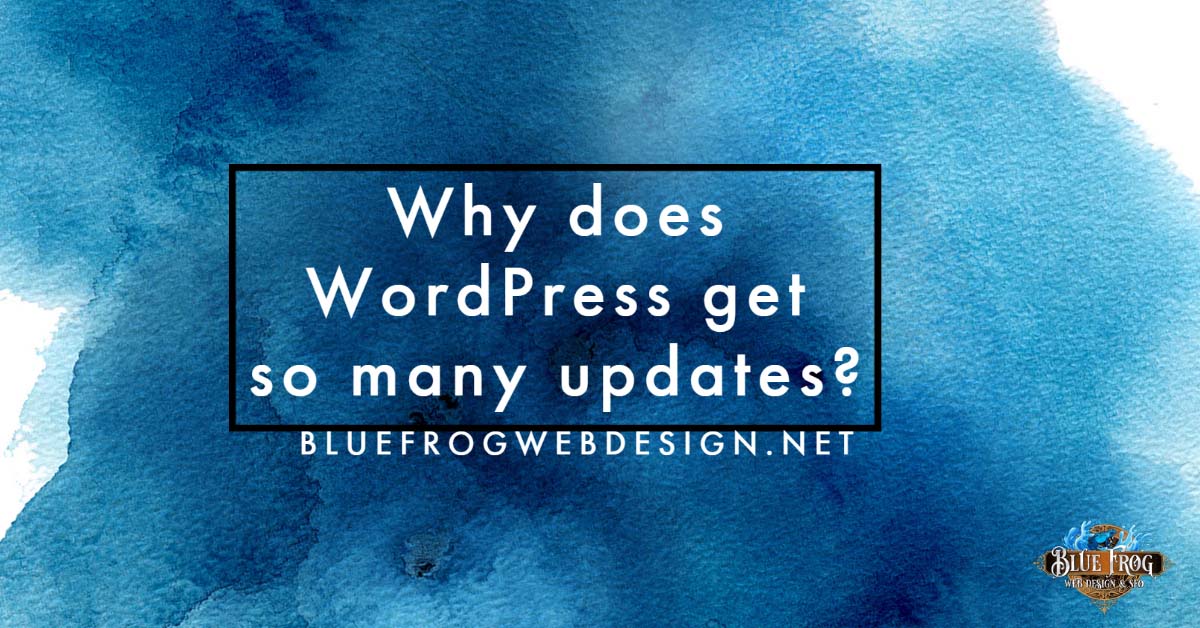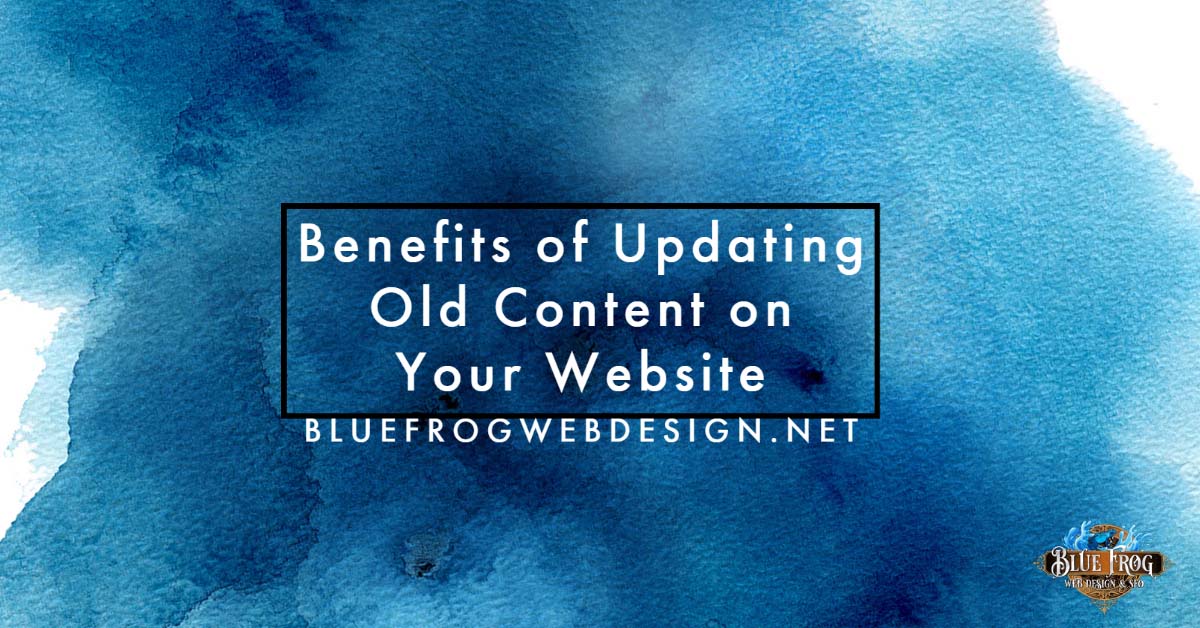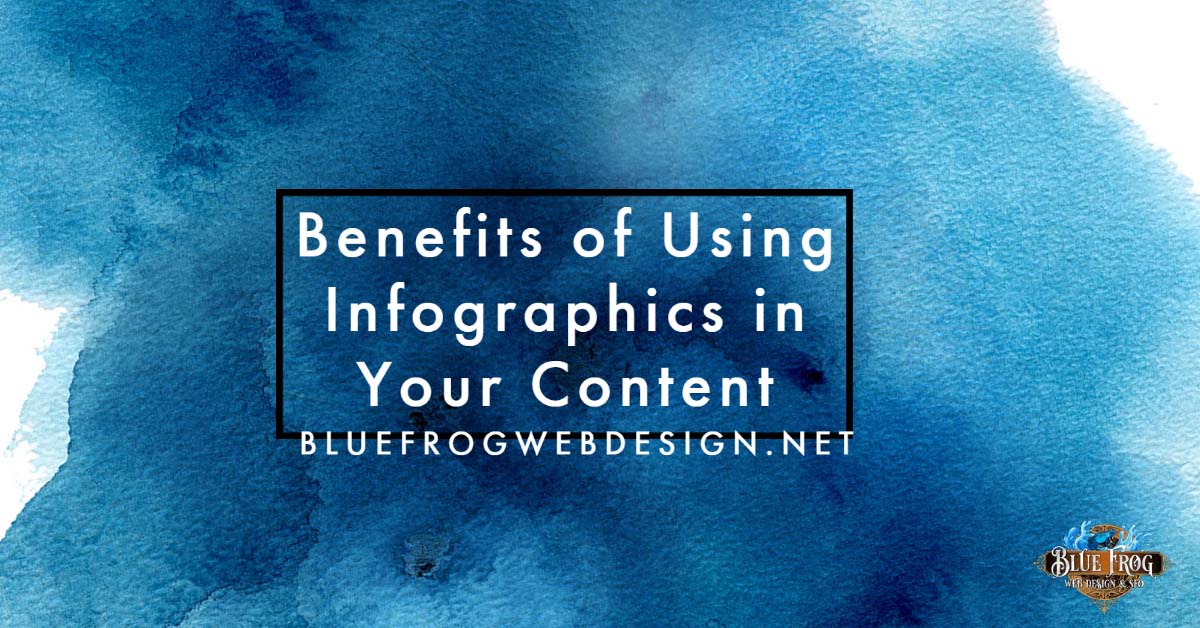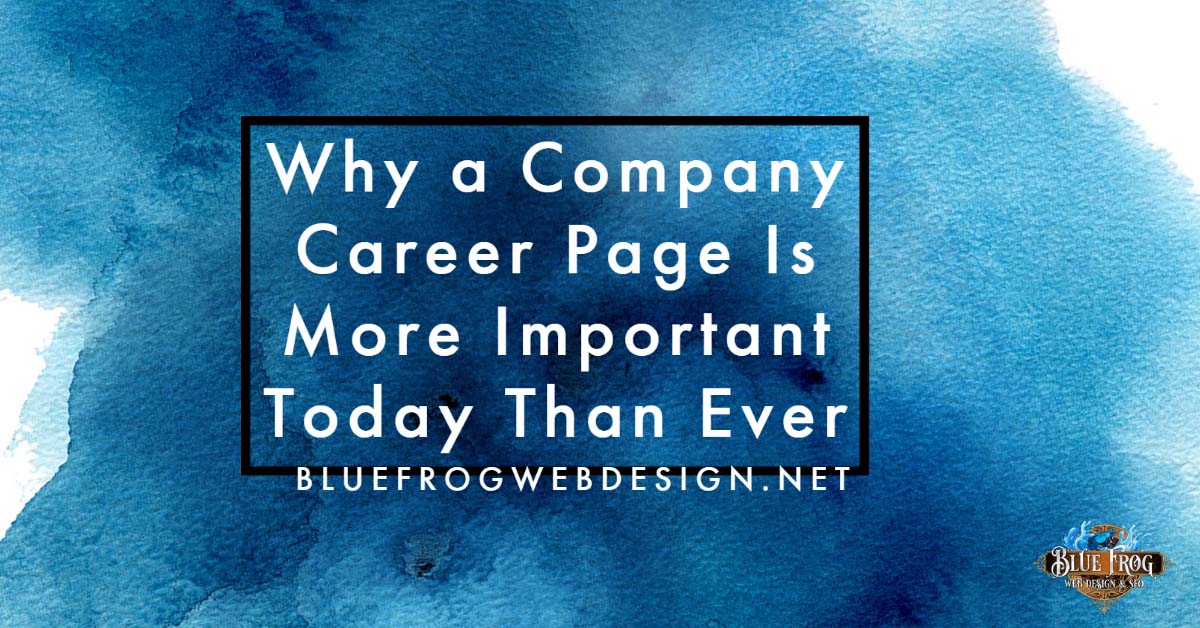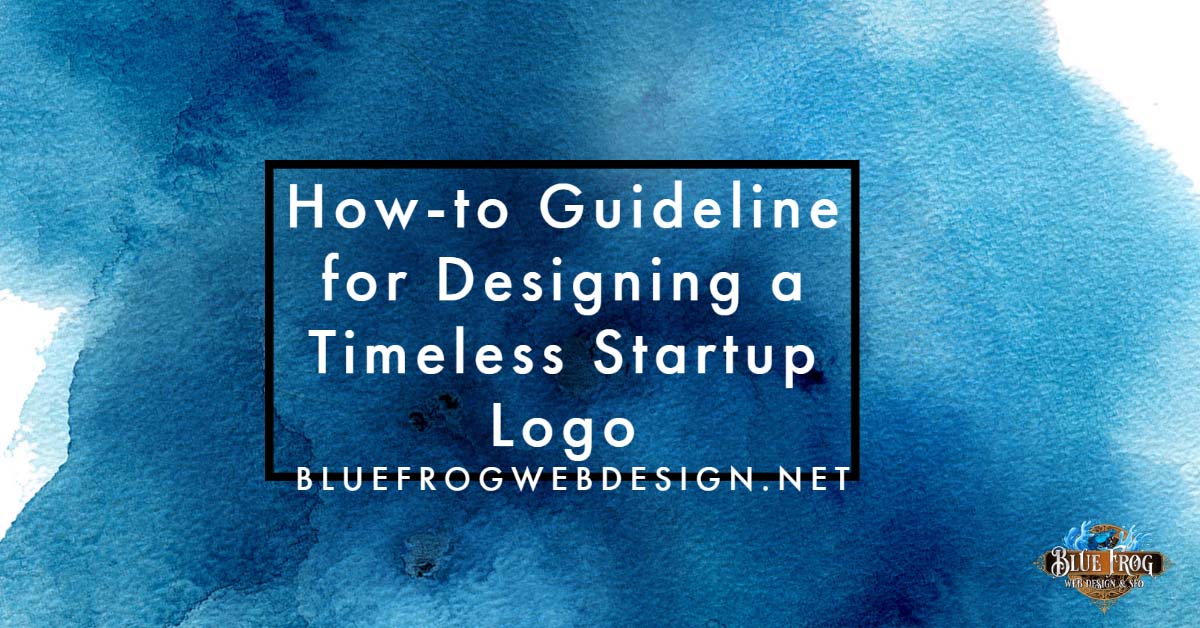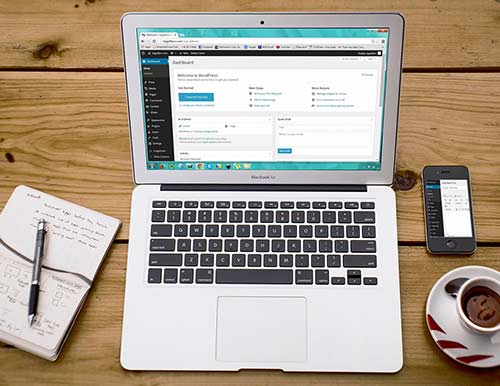The importance of website conversions
In the broadest sense, a conversion on your website occurs when one of your visitors performs a desired action. This can be anything from filling out a form to purchasing one of your products. The main goal of any business website is to achieve conversions, and websites are built with this in mind.
Both your website and its landing page are elements of inbound marketing. The first page users typically visit is called the landing page, and it should feature a clear call to action button. However, the trick is getting people to care for your website. For the most part, inbound marketing relies on content to get visitors to your pages. Although visitors can come to your site for the content you offer, your goal is still to entice them to perform specific actions – or to increase your conversion rate.
How website clutter affects conversions
When visitors come to your site, you have very little time to make an impression and get them to click on what you want them to. Therefore, the most important elements on your pages need to stand out. However, the call-to-action button and other important features might get swallowed by the mass of unnecessary bloat if your website design is too busy and cluttered.
Visitors might get confused and not know where they should click next. Even if they wanted to make a purchase or sign up for your services – they might end up pressing the wrong button and wandering off. Or worse yet, they can feel intimidated and just give up on your website altogether.

What makes a website cluttered
If you try to fit in too many elements on your page, it can come off as overwhelming and cluttered. This is often the case with amateurish or homemade websites. For this reason, we recommend following traditional web design principles and working with professional developers.
However, there are a few instances when website owners simply went overboard and wanted everything and the kitchen sink on their pages. Integrating widgets and features on your site can sound like a good idea, but it can just as easily crowd your pages with too much stuff that draws the user away from what you want them to be doing. Layouts that try to accomplish too much usually end up working against you. Other intrusive elements which can make your website feel cluttered include ads, navigation menus, multiple call-to-action buttons, large graphics, etc.
How to increase inversions by decluttering your website
Now that we’ve stressed the importance of decluttering your pages, you should have a good idea of what disruptive elements need to be removed. Sadly, you can’t just remove everything from your site except the purchase form. The trick is finding the right balance – although you need to remove certain elements, you should also highlight others.
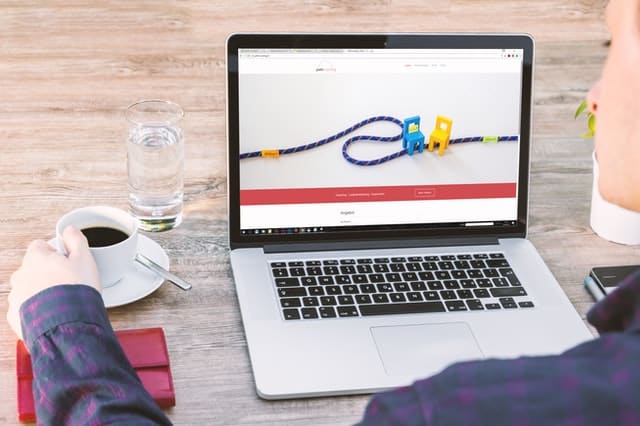
Here are a few tips to increase conversions:
1. White space
Most people rarely look at all of the content on a web page. The average user will just briefly scan through most pages until they find what they are interested in or what they think is important. If your website is a cluttered mess, both of those things will be hard to achieve.
Another way you can ensure an elegant and uncluttered design is by intentionally leaving white space. Empty space around your important content can help it stand out. Therefore a good design philosophy you can adopt is ‘what can I leave out’ instead of ‘what can I add to this page’.
2. Use visual design to draw users to the right places on your pages
Take a good look at the landing page of your website. Identify the priorities and hotspots you want users to notice. Make sure that the entire site’s design is working to prop up those elements and help them immediately stand out. Every eCommerce website needs an efficient design that will drive conversions.
Use soft colors, simple shapes, and other visual cues to guide website visitors to the areas of your page which are the most important to you. If you show someone a screenshot of your website, it should be obvious which buttons are important. Therefore, you should favor a simple design that will foster intuitive navigation and help users reach the items they need.

3. Mobile-friendly design
Smartphones and portable devices come in all shapes and sizes. Make sure your website can adjust to different devices, resolutions, and screen orientations. Think about the mobile users and their experience on your site. Improve the mobile version of your site by adopting a minimalist design because if it looks cluttered on the desktop version, it is only going to be more crowded on mobile. Not to mention that Google favors mobile-friendly websites, so besides increased conversions, you can also expect a boost in SEO.
4. Go through all of your links
No matter how professionally your website is designed, it will occasionally require maintenance. Think of it like spring cleaning, only instead of going through your drawers and cupboards, this time you’ll be taking a look at your website. Get rid of broken links and unneeded features. Remove everything that doesn’t directly help your cause. Have a thought-out linking strategy that won’t confuse users and doesn’t distract them with too many external links.
In conclusion
If you focus on what is important to your business, superfluous features will quickly begin to stand out. Get rid of everything that can cause users to feel frustrated or confused and increase conversions by decluttering your website. Without the excess baggage, your website will look sleek and elegant, and visitors will be more likely to respond to your CTAs.
Images used:
https://www.pexels.com/photo/smiling-woman-talking-via-laptop-in-kitchen-4049992/
https://unsplash.com/photos/Q34YB7yjAxA
https://www.pexels.com/photo/coffee-communication-computer-connection-461073/
https://pixabay.com/photos/office-business-accountant-620822/
Need help with your marketing?
Let my team help you like we’ve helped lots of other businesses dominate their rankings and attract better-quality leads.
